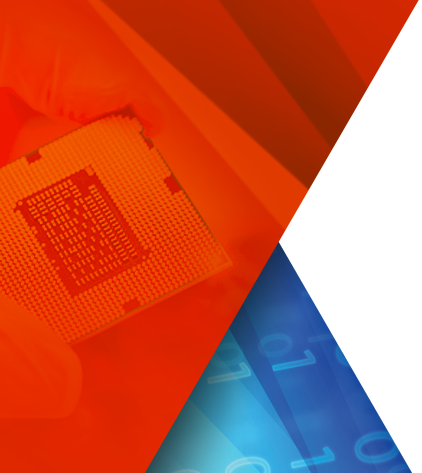Arm Cortex-M7 Overview
Block diagram • Micro-architectural features • Instruction set • Memory interfaces • System buses • TCM/Caches • Memory protection • Pipeline features • Lock-step operation
Armv7-M Programmers' Model
Introduction • Data Types • Core Registers • Modes, privilege and stacks • Exceptions • Instruction Set Overview • Programming standards
Armv7-M Assembly Programming
Introduction • Data Processing Instructions • Load/Store Instructions • Flow Control • Miscellaneous
Armv7-M Memory Model
Introduction • Memory Address Space • Memory Types and Attributes • Alignment and Endianness • Barriers
Armv7-M Memory Protection
Memory Protection Overview • Memory Regions • Region Attribute Control • Region Overlapping • Sub-region Support • Setting up the MPU
Embedded Software Development
Semihosting / retargeting • Mixing C/C++ and assembly • Application Startup • Tailoring image memory map to your target • Accessing memory mapped peripherals • Additional considerations
GNU Compiler Hints and Tips
Basic Compilation • Compiler Optimizations • Coding Considerations • Local and Global Data Issues
GNU Linker Hints and Tips
Linking Basics • System and User Libraries • Linker Script • Veneer and Interworking • Linker Optimizations and Diagnostics • GNU Embedded Development Libraries
Armv7-M Exception Handling
Introduction • Exception Model • Exception Entry and Exit Behavior • Prioritization and Control • Interrupt Sensitivity • Writing the Vector Table and Interrupt Handlers • Internal Exceptions and RTOS Support • Fault Exceptions
Cortex Microcontroller Software Interface Standard (CMSIS)
Introduction • CMSIS-Core • CMSIS-DSP • CMSIS-Driver • CMSIS-RTOS • CMSIS-SVD • CMSIS-Pack • CMSIS-DAP
Cortex-M7 Level 1 Sub-Systems
Caches • Cache Fundamentals • Cortex-M7 L1 Cache Sub-system • Tightly Coupled Memory (TCM) • System Considerations
Armv7-M Debug
Introduction to Debug • Debug • Events and Reset • Flash Patch and Breakpoint Unit (FPB) • Data Watchpoint and Trace Unit (DWT) • Instrumentation Trace Macrocell (ITM) • Embedded Trace Macrocell (ETM) • Trace Port Interface Unit (TPIU), Trace Packets, Timestamping & Trace Bandwidth
Appendix
Cortex-M7 Processor Core
Processor Pipeline • Execution Pipelines • Prefetch Unit • Memory-mapped Registers
Armv7-M Extensions
Extensions Overview • DSP Extension • Floating-point Extension



